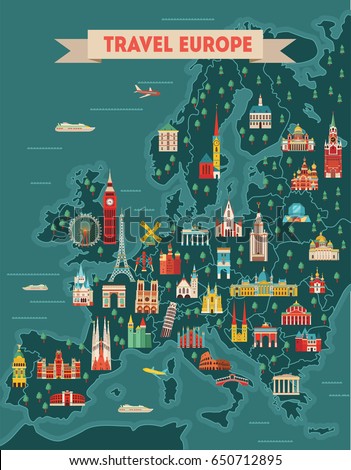Top 5 Monasteries in Ladakh
 Amidst soaring mountains, lie age-old monasteries (Gompas) in the arid region of Ladakh reflecting the ageless beliefs of Buddhism. These beautiful monasteries dotted all across this spectacular region registers visit by numerous devotees who come here with only purpose of getting their soul cleansed. It epitomizes faith of Ladakhi people who despite of its inhospitable circumstances are leading a cheerful life and do not miss even a single occasion to celebrate the beautiful gift of god – life.
Amidst soaring mountains, lie age-old monasteries (Gompas) in the arid region of Ladakh reflecting the ageless beliefs of Buddhism. These beautiful monasteries dotted all across this spectacular region registers visit by numerous devotees who come here with only purpose of getting their soul cleansed. It epitomizes faith of Ladakhi people who despite of its inhospitable circumstances are leading a cheerful life and do not miss even a single occasion to celebrate the beautiful gift of god – life.
Top Five Monasteries in Ladakh are:
Hemis Monastery
48 km away from Leh, Across Indus River rests Ladakh’s largest and richest Gompa, the Hemis. It was founded in year 1630 by first incarnation Stagsang Raspa Nawang Gyatso and belongs to the Gelukpa Order. The popular Hemis Festival is held every year in month of June or July at Hemis monastery to celebrate the birth anniversary of Guru Padmasambhav. As a part of this festival, a huge painting of Buddha is displayed before public only once in 11 years and that makes this monastery unique for travelers. Another highlight of this monastery is its famous sacred mask dance that is performed on 9th and 10th day of the fifth month of Tibetan calendar.
Lamayuru Monastery
Lamayuru Monastery dates back to 11th century. Founded by Mahasiddhacharya Naropa, it belongs to Red-Hat Sect of Buddhism. With several legends associated with this Gompa, it is believed that Lamayuru was a lake that drew back up to the mountains after blessings of a lama, thus vacating space for this monastery.
Situated 125 km from Leh, it is positioned on a high cape overlooking village and vistas. Lamayuru Monastery has a rich collection of wall paintings and Thangkas. Every year on 17th and 18th day of the 5th month of Tibetan lunar calendar, this monastery serves as a venue for sacred masked dance.
Thiksey Monastery
Thiksey Monastery is one of the most beautiful monasteries of Central Ladakh. The fact that it is situated 3600m above sea level makes it one of the most visited monasteries. Situated 20 km from Leh, it is a twelve storied building with 10 temples and nunnery inside it. Near about 100 lamas practice their religion in this monastery.
This gompa is seat for head of the Gelug School in Ladakh. Champa which is one of the largest statues of Buddha can be found in this monastery. Visitors consider it as a perfect example of Ladakhi architecture. Highlights include Gustor ritual which is planned from 17th to 19th day of the ninth month of Tibetan calendar takes place in Thiksey Monastery.
Shanti Stupa
Shanti Stupa is one of the recent pious monuments of Ladakh which is situated on a high elevated region overlooking the splendid Leh valley. It was constructed by ‘The Japanese for world peace’, a Japanese Buddhist Organization as a mark of respect to 2500 years of Buddhism and was inaugurated by his holiness, Dalai Lama in August 1985.
It is beautifully constructed and offers magnificent views of dawn – dusk. At night, Stupa looks spectacular with its dazzling lights.
Alchi Gompa
Alchi Gompa enjoys the status of being oldest and finest monastery of this region. One of its ramparts features thousands of tiny sized pictures of Buddha. Brightly painted, three large-sized images prepared with clay are its main attraction.
Gompa possesses many Thangkas belonging to 11th or 12th century. Main image among several other images inside the monastery is that of Vairocana. Other images include five Buddha families with their attendant divinities. It takes nearly about two hours to see the complete Gompa.
Other popular monasteries in Leh-Ladakh:
– Namgyal Tsemo Gompa
– Sankar gompa
– Likir Monastery
– Spituk Monastery
– Cave Monastery
– Stoke Palace
– Shey Monastery
– Phugtal Gompa
– Leh Palace
– Stakna Monastery
– Zongkhul Monastery
The entire valley is integrated with hovering prayer flags, in carved wishes on Mani walls, humming of rhythmic chants and whirring of prayer wheels. Amalgamation of religion with its geography reflects significance of faith in the lives of its people. Their positioning in isolated areas, away from routine life provides them tranquility and visitors can feel those spiritual vibrations on the mere entrance to this region.
